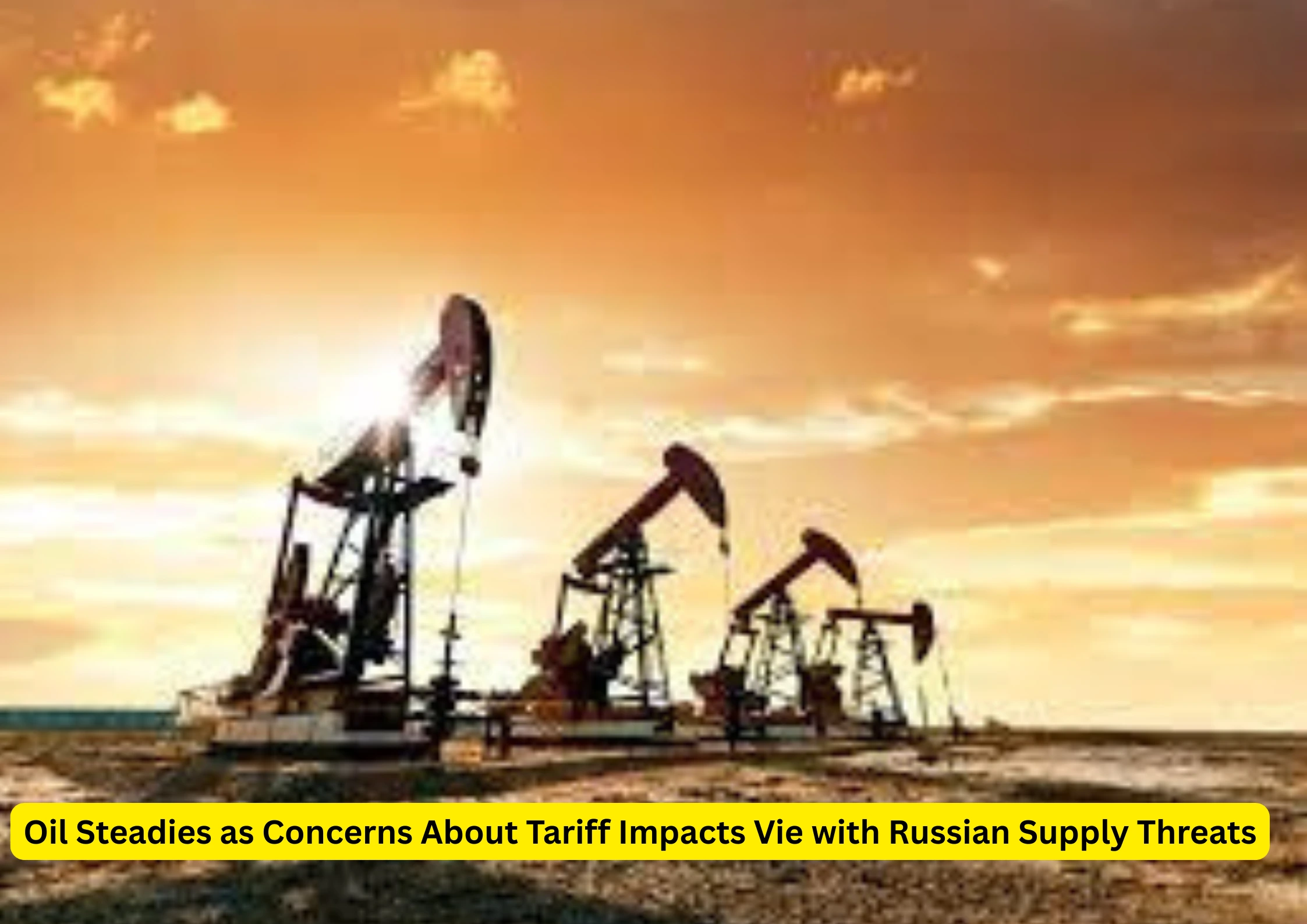The global energy market continues to witness sharp fluctuations as oil prices remain under pressure. Investors and policymakers are closely monitoring two competing forces: the potential economic slowdown triggered by tariffs and the ongoing threats to supply caused by Russia’s role in the energy sector. This delicate balance is keeping markets on edge as traders search for stability in uncertain times.
Oil Prices in a Volatile Market
Crude oil has long been one of the most sensitive commodities, with its price responding quickly to political, economic, and environmental changes. In recent weeks, oil prices have steadied after a period of intense volatility. Analysts believe the tug-of-war between tariff concerns and supply risks from Russia is preventing any clear trend.
- On one side, fears of weaker global trade due to tariff measures are limiting demand forecasts.
- On the other, supply-side risks remain elevated as Russian exports continue to face disruptions amid sanctions and geopolitical tension.
This combination of factors underscores the uncertainty of the global energy market.
Tariff Impacts and Demand Outlook
Trade tensions have a direct effect on energy demand. When tariffs increase, international trade slows down, and manufacturing activity declines. As industries produce less, the demand for oil also weakens.
Economists warn that if tariff measures expand to more countries, global GDP growth could take a hit. This slowdown would directly affect consumption patterns, putting downward pressure on crude oil demand.
In addition, higher tariffs often lead to inflationary pressures. As consumers spend more on goods and services, governments and businesses alike face higher costs, further weighing on fuel consumption and transportation activity.
Russian Supply Threats Remain in Focus
While demand worries dominate one side of the debate, Russian supply threats remain a powerful force supporting oil prices. Russia is one of the world’s largest crude exporters, and disruptions in its output ripple through global supply chains.
Sanctions, geopolitical tensions, and logistical challenges have made Russian exports unpredictable. Even partial reductions in shipments can tighten supply and push oil markets higher. European and Asian refiners, in particular, remain vulnerable to such fluctuations.
Energy experts note that supply uncertainty often creates “risk premiums” in the market—where traders pay more for oil futures simply to hedge against the possibility of disruptions.
Balancing Act for the Global Energy Market
The global energy market is currently navigating a balancing act:
- Weak demand outlook from tariffs and trade disputes
- Supply risks due to Russian disruptions and broader geopolitical tensions
These forces are pulling prices in opposite directions. While tariffs cap upward momentum, Russian threats prevent a significant decline. As a result, oil prices are likely to stay range-bound until one factor clearly outweighs the other.
Broader Implications for Energy Security
The situation also raises bigger questions about energy security. Countries heavily dependent on imported oil are looking for ways to diversify their energy sources. This includes investing in alternative suppliers, boosting local production, and accelerating renewable energy adoption.
For policymakers, the ongoing uncertainty highlights the importance of resilience in energy strategies. A stable and diversified supply chain is no longer a choice but a necessity in today’s volatile geopolitical climate.
How Investors and Businesses Are Reacting
Financial markets are responding cautiously. Traders are closely watching both tariff negotiations and Russian export data before making large bets. Businesses, especially in transportation and logistics, are also adjusting their strategies to protect against sudden shifts in oil prices.
Some companies are hedging their fuel costs, while others are investing in efficiency measures to reduce dependency on volatile energy markets. This cautious approach reflects the reality that uncertainty is the new normal.
Conclusion: Uncertainty is the New Stability
The steadying of oil prices does not necessarily mean stability—it reflects a fragile balance between opposing market forces. Tariff concerns are weighing on demand expectations, while Russian supply threats continue to support prices.
In the months ahead, much will depend on trade negotiations, geopolitical developments, and how quickly alternative energy strategies are adopted. For now, the global energy market remains caught in the middle—where uncertainty itself has become the only constant. If you know about Pakistan to Receive First U.S. Oil Shipment click here.



2 thoughts on “Oil Steadies as Concerns About Tariff Impacts Vie with Russian Supply Threats”